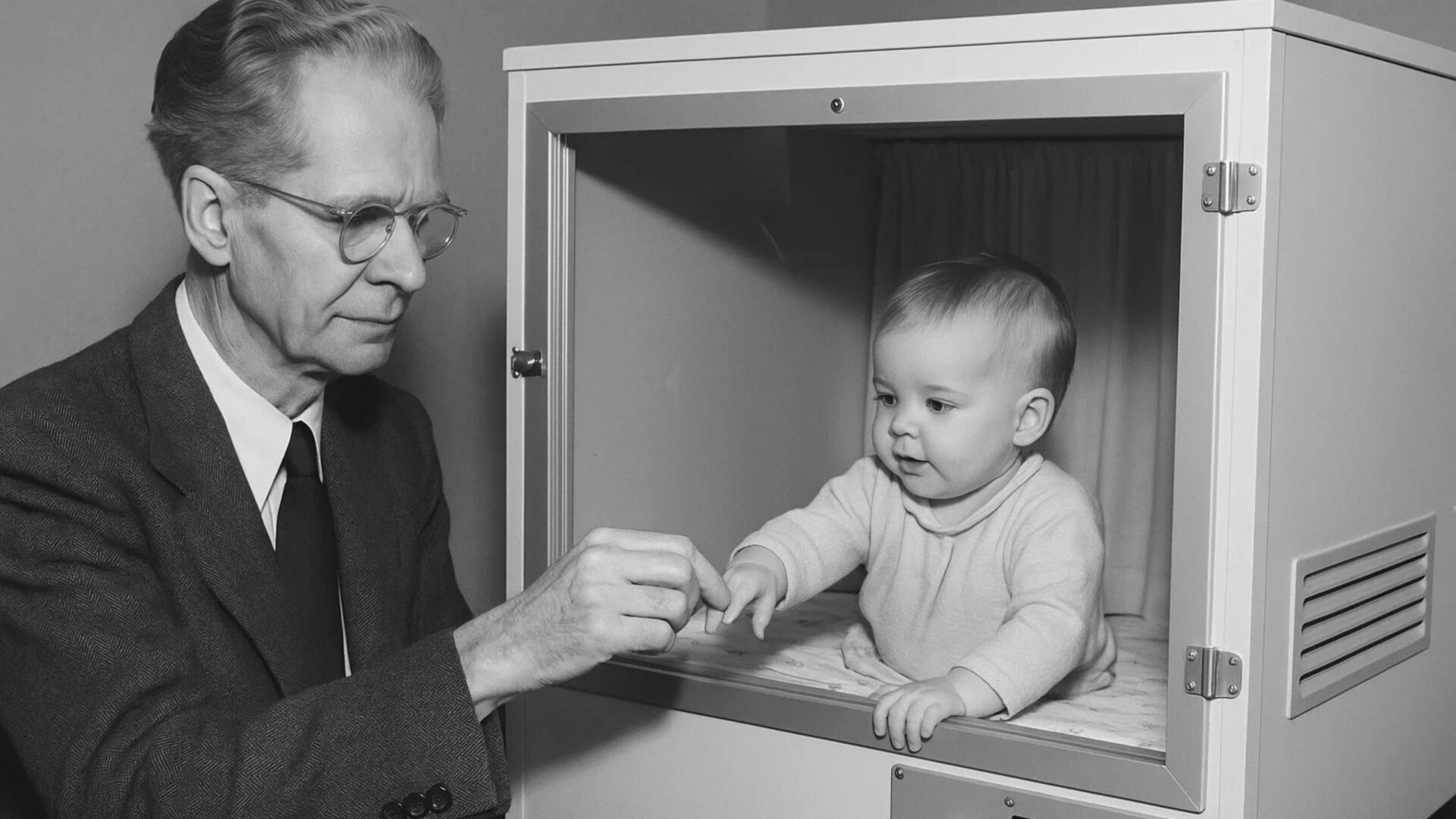B.F. Skinner: The Radical Behaviorist Who Rewired Psychology
When discussing the most impactful figures in American psychology, few names command the respect—or controversy—of Burrhus Frederic Skinner, better known as B.F. Skinner. Often referred to as the father of behaviorism, Skinner didn’t just study human behavior—he sought to shape it.
The Science of Behavior: Skinner’s Core Contribution
Skinner’s domain was behaviorism, a psychological approach that focuses exclusively on observable behavior rather than internal mental states. Taking cues from John B. Watson and Ivan Pavlov, Skinner pushed the idea further, championing what he called radical behaviorism. In his view, all behavior—human or animal—could be understood through interactions with the environment and shaped through reinforcement.
His most groundbreaking concept was operant conditioning, a system of learning through rewards and punishments. While Pavlov taught us about reflexes, Skinner taught us about choices and consequences.
He designed ingenious devices like the Skinner Box—a controlled chamber where animals like pigeons or rats would press levers for food or learn to avoid shocks. This box was not a cruelty chamber; rather, it became a symbol of how behavior can be predictably modified with positive or negative reinforcement.
Skinner’s Therapy Without a Couch
Unlike Freud, Skinner wasn’t interested in dreams, unconscious desires, or free association. He believed those were unmeasurable and therefore unscientific. While he never founded a school of therapy in the traditional sense, his ideas laid the groundwork for behavior therapy and later helped shape Cognitive Behavioral Therapy (CBT) and Applied Behavior Analysis (ABA).
Today, operant conditioning is widely used in:
-
Classroom behavior systems (token economies)
-
Parenting strategies (positive reinforcement techniques)
-
Correctional programs
-
Treatments for autism spectrum disorder
Skinner believed that, if we can change the environment, we can change behavior. For him, the path to mental health wasn’t introspection—it was behavioral engineering.
The Educator, The Author, The Visionary
Skinner wasn’t just a scientist—he was a prolific writer and thinker. His book Walden Two (1948) imagined a utopian society governed by behavioral principles rather than law. In this fictional community, citizens lived harmoniously under systems of reinforcement rather than punishment. It was controversial, futuristic, and perhaps eerily prophetic.
In Beyond Freedom and Dignity (1971), Skinner argued that concepts like “free will” and “moral responsibility” were illusions that obstructed our ability to construct a better society. Unsurprisingly, this drew both admiration and ire.
Skinner’s Private Side: The Man Behind the Theory
Despite his reputation as a cold scientist, Skinner’s personal life tells a richer story. Born in Pennsylvania in 1904, he originally wanted to become a writer and even tried to make it in Greenwich Village after college. It wasn’t until he read the works of Pavlov and Watson that he found his true calling.
One of the more misunderstood episodes of his life was the invention of the “Air Crib”—a temperature-controlled baby enclosure he built for his daughter to ensure comfort and hygiene. Tabloids later misreported it as a cruel Skinner Box for children, sparking rumors that his daughter grew up traumatized (she didn’t—she became an artist and publicly defended her father).
He kept journals, played the saxophone, and wrote novels. In one of his rare personal confessions, he once admitted feeling deep frustration that people misunderstood him—not just intellectually, but morally.
Legacy: From Lab Rats to Classrooms
B.F. Skinner passed away in 1990, but his influence reverberates across psychology, education, behavioral science, and even technology (think: gamification, algorithms, nudges). Whether you love him or resist his mechanistic view of human nature, his impact is undeniable.
In the words of Skinner himself:
“The real problem is not whether machines think but whether men do.”
He made us question not just how behavior works—but how much of our freedom is really just a well-designed illusion.



